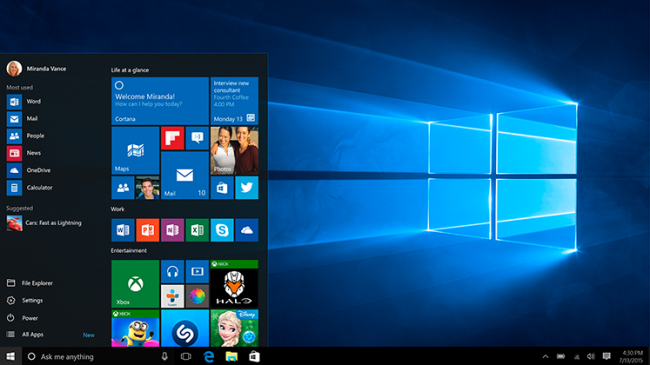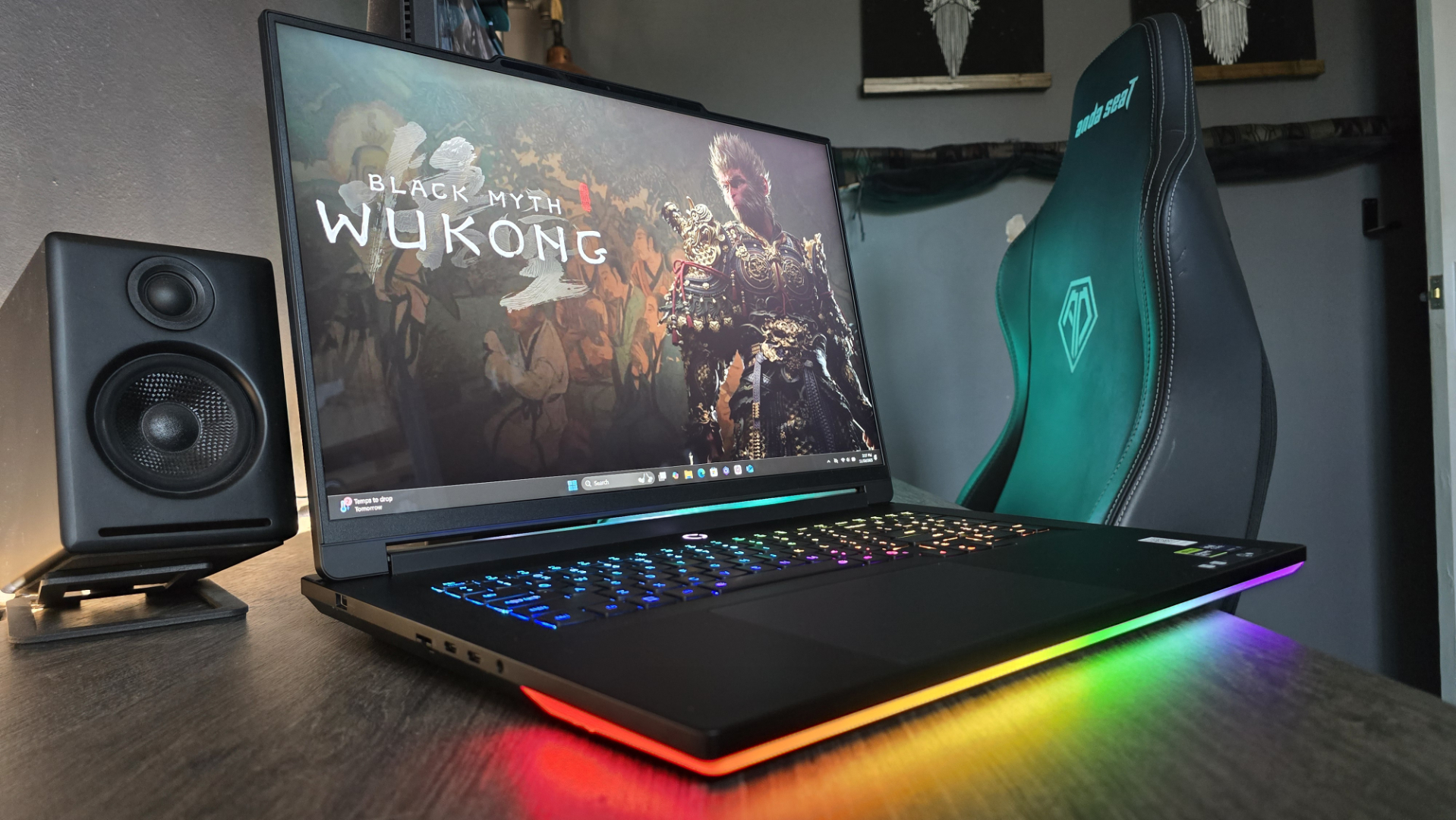Microsoft publishes detailed list of data it collects in Windows 10
Clearing up the confusion.

As Microsoft previously announced, its Creators Update for Windows 10 is headed to PCs on April 11 (next Tuesday). When it arrives, there will be new privacy policies and settings in play, and today Microsoft went into great detail about them.
"For the first time, we have published a complete list of the diagnostic data collected at the Basic level," Microsoft's Marisa Rogers and Terry Myerson stated in a blog post. "Individual data points that relate to a specific item or event are collected together and called Events. These are further organized into diagnostic areas. We are also providing a detailed summary of the data we collect from users at both Basic and Full levels of diagnostics."
Microsoft is aiming for a much greater level of transparency here, while at the same time simplifying things for Windows 10 users. As part of that, you can expect better descriptions of each privacy setting.
CNET provides an example of this. As you might have noticed when first setting up Windows 10, one of the privacy options says, "Let apps use my advertising ID for experiences across apps (turning this off will reset your ID)."
With the Creators Update, Microsoft updated the language to say, "Relevant Ads: Let apps use advertising ID to make ads more interesting to you based on your app usage." If you turn the setting off, another message reads, "The number of ads you see won't change but they may be less relevant to you."
The revised language is much more clear in what you the setting does and what you can expect, although it does put a bit of spin on the idea of targeted advertising. Other changes will offer similar clarifications so that users know exactly what they're enabling or disabling.
Microsoft also cut down the data sharing options from three to two, which are the Basic and Full levels mentioned above. If you want to dive deep into the diagnostic events of each one, Microsoft reveals all in two new TechNet articles here (Basic) and here (Full).
Keep up to date with the most important stories and the best deals, as picked by the PC Gamer team.
There is still no option to share none of your data with Microsoft. If you ask Maris Rogers, Microsoft's privacy officer for its Windows and Devices group, he'll tell you that it's for your own good.
"We feel it's really important that users have this minimum level of security," Rogers told TechCrunch.
Savvy users would disagree that a system can't be secure without sending usage data back to Microsoft. In that regard, today's announcement isn't going to wash away the waves of criticism Microsoft faces over privacy, but at least the company is being much more transparent.
Paul has been playing PC games and raking his knuckles on computer hardware since the Commodore 64. He does not have any tattoos, but thinks it would be cool to get one that reads LOAD"*",8,1. In his off time, he rides motorcycles and wrestles alligators (only one of those is true).


